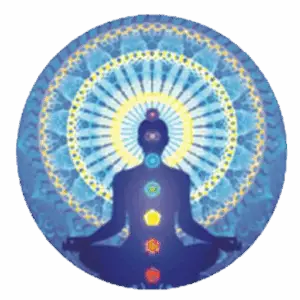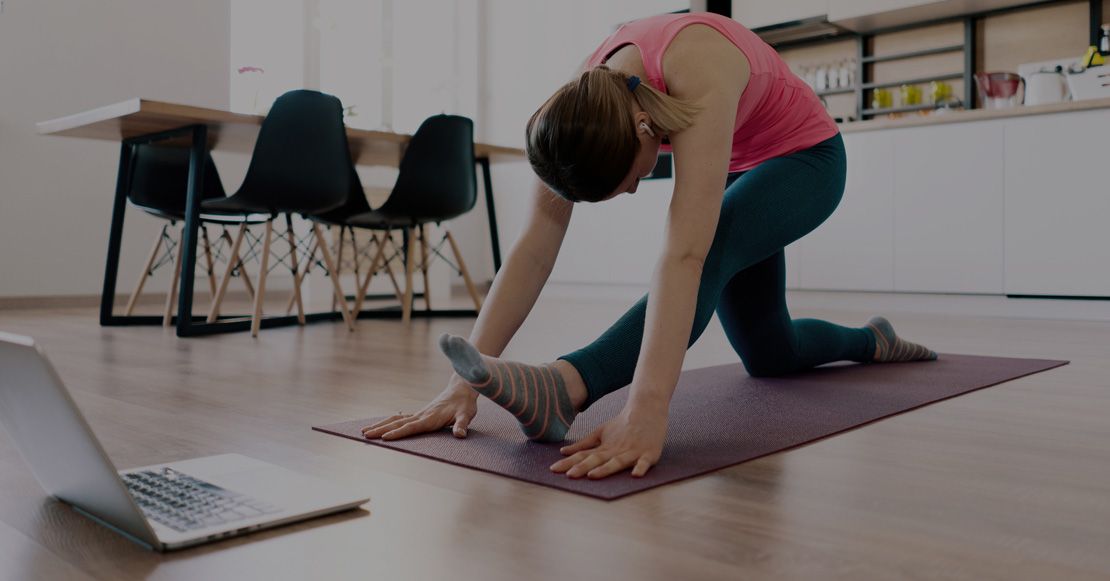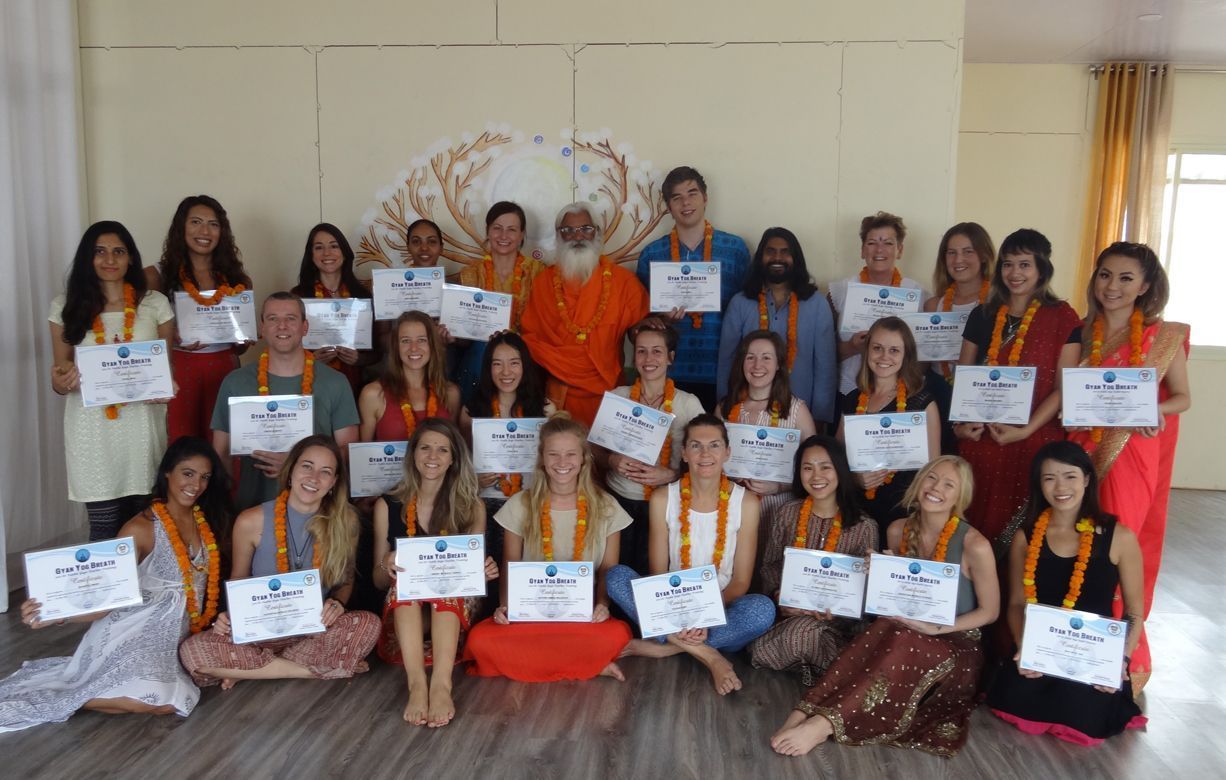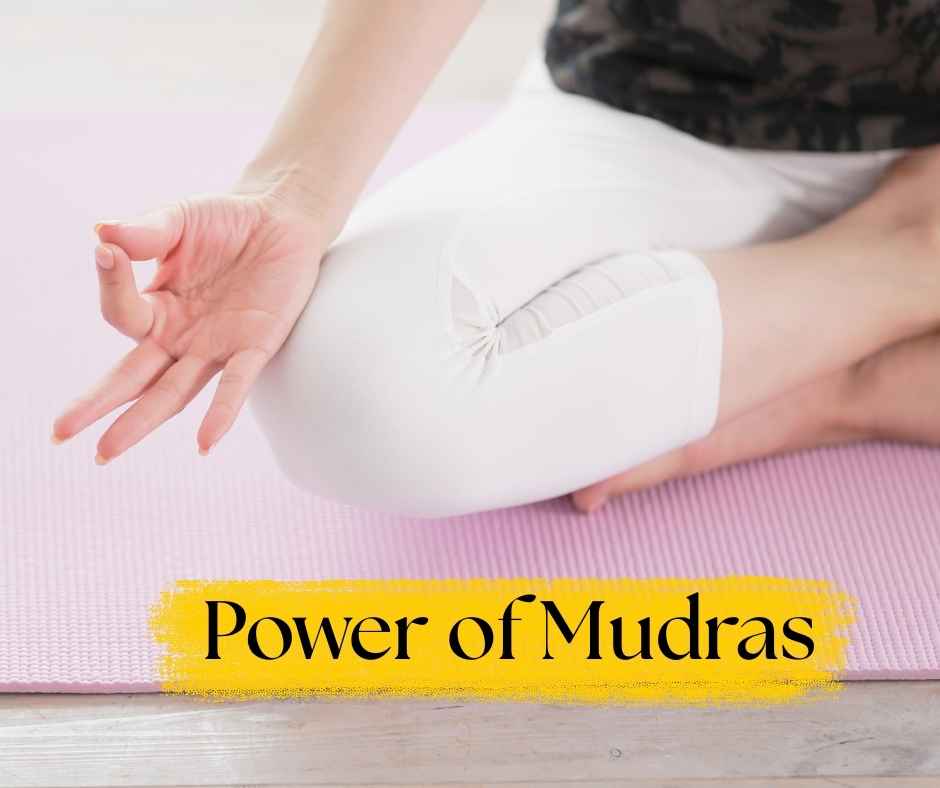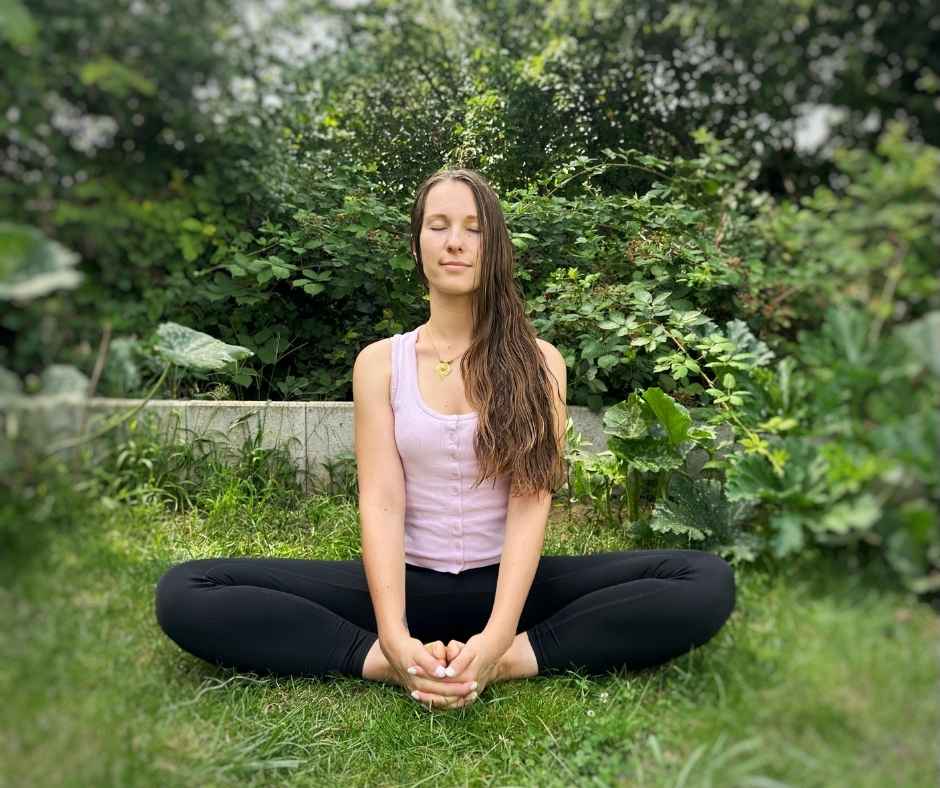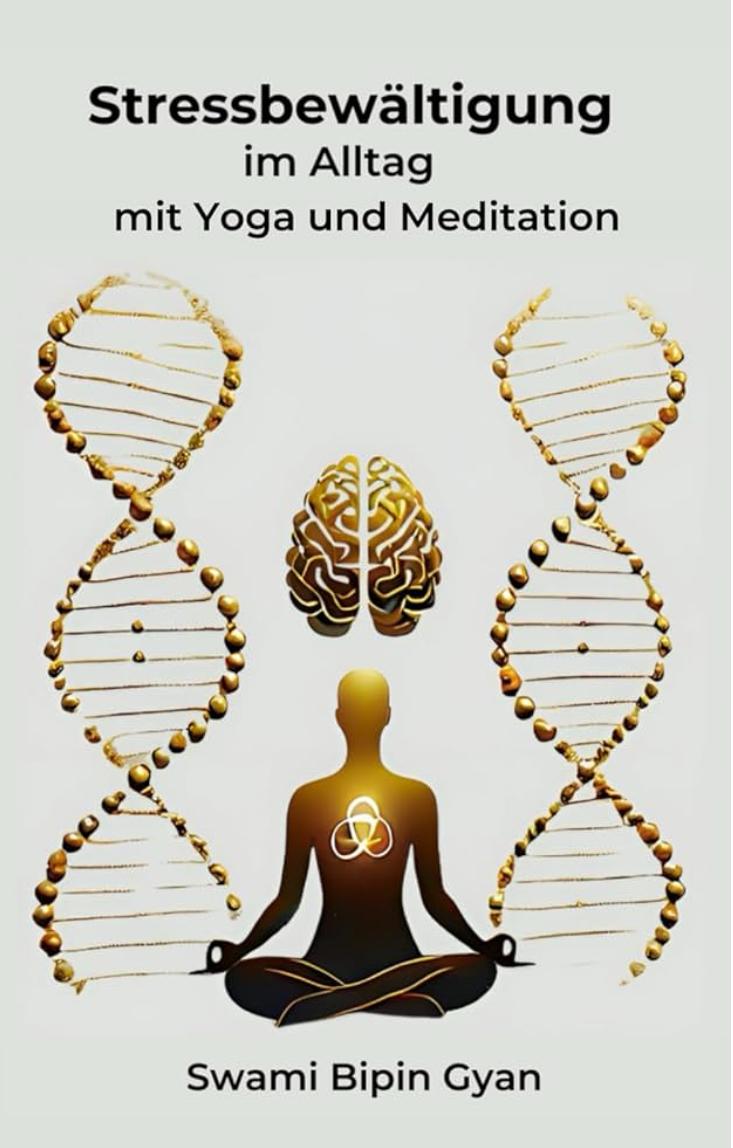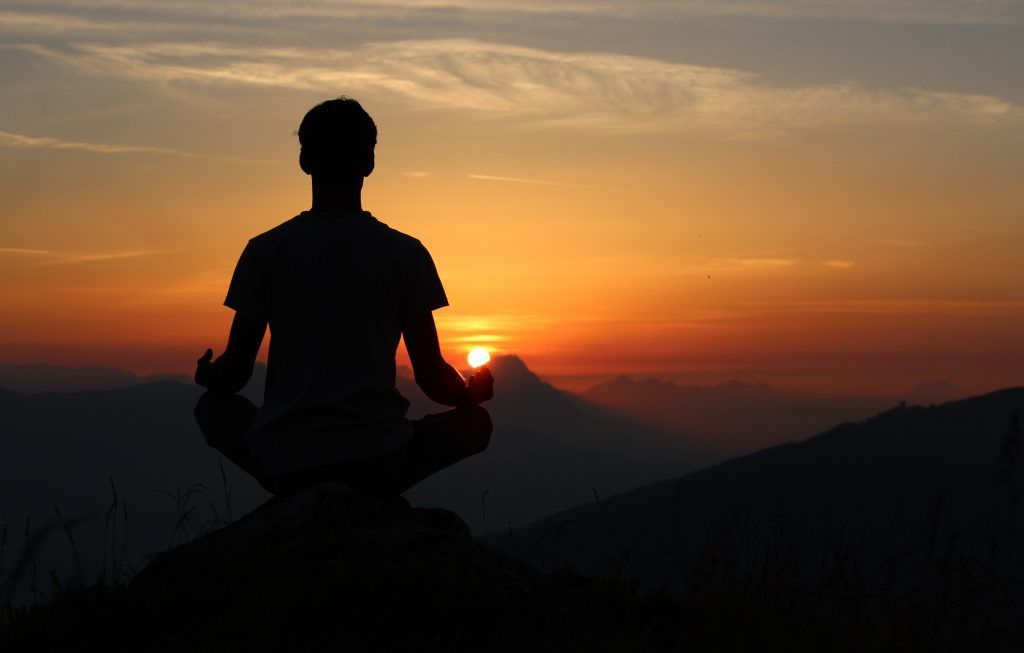
The sun salutation, Surya Namaskar, is part of ancient yogic tradition and most yoga teachers use it today as a warm-up at the beginning of the class or even base a full class on it because of it’s importance. It’s a sequence of 24 poses connected to the flow of the breath. While many types of sun salutation exist, the sequence presented below is the basic Sun Salutation in Hatha yoga. It is one of the most complete sequence not only because all your muscles will get involved, preparing your body for other postures, but also because it will awaken the dormant energy in you.
The best time to practice Surya Namaskar is early morning on an empty stomach. There should be at least 3 to 5 repetitions of a complete set at the beginning of your practice. Follow the steps and video below for guidance on how to perform traditional Surya Namaskar.
Start in Samasthiti [feet together, legs engaged, belly in, straight back, shoulders relaxed]
- Prayer pose, take some deep breaths to prepare yourself for the sun salutation
- Inhale – Hasta Uttanasana. Use your core muscles to limit the pressure on your back.
- Exhale – Utanasana. Bring your abdomen on your tights, bend your knees if you are not able to keep a
straight back. Rest your palms on the floor. - Inhale – Ashwa sanchalanasana. Bring your right leg back, pay attention that your front knee does not go over your ankle to limit the pressure.
- Exhale – Parvatasana/Moutain Pose. Feet together, to press your ankle on the floor, sitting bones up to the sky, spine straight, try to bring your shoulders toward the ankles, rest in the posture.
- Exhale – Ashtanga Namaskara
- Inhale – Bhujangasana /Cobra Pose. Use only your back muscles to lift your chest.
- Exhale – Parvatasana/Moutain Pose. Rest in posture.
- Inhale – Ashwa sanchalanasana. Bring your left leg forward.
- Exhale – Utanasana. Remember to bend your knee if you hamstrings are tights.
- Inhale – Hasta Uttanasana
- Exhale – Prayer pose
Complete the cycle to 24, by changing the leg in steps 4 and 9
Benefits of Surya Namaskar
- Strengthen your entire body
- Stimulate your nervous system
- Balance your blood pressure and improve blood circulation
- Lubricates your joints and relieve muscles stiffness
- Stimulates your digestion
- Improve your flexibility
- Fill you up with good energy
Precautions
- Perform on an empty stomach
- Do a gentle warm-up before
- Be aware of the Synchronisation of your breath with each posture
- Adapt the Sequence in case of pregnancy or health condition
What You Have to Keep in Mind Before Practicing
In traditional Hatha Yoga, you should always include a warm-up before practicing traditional hatha yoga surya namaskar. This is because it’s quite a dynamic sequence and you have to make sure your body is prepared. The best time to practice Surya Namaskar is the morning (ideally 4-7 AM). So after a night of sleep, our bodies are still stiff and tired. Hence, a simple 10-minute warm-up (called Pawanmuktasana) can help you to release the stiffness, warm the joints and body and prepare for a balanced and smooth practice. Avoiding a proper warm-up can lead to cartilage depletion, serious injuries and painful wrists and ankles. Especially if you are a beginner or intermediate practitioner, make sure to care for your body before it’s too late!
Advance your practice to more professional levels
If you want to be sure to get the sequence of Surya Namaskar right and get some hand-on adjustment, you might want to take up a yoga teacher training to gain expert skills and knowledge.
Gyan Yog Breath is a traditional, yoga alliance registered yoga teacher training school that allows you to evolve, learn and grow into a joyful and unique individual and teacher.
Click here for all info about the 200 Hour Yoga Teacher Training in India.
